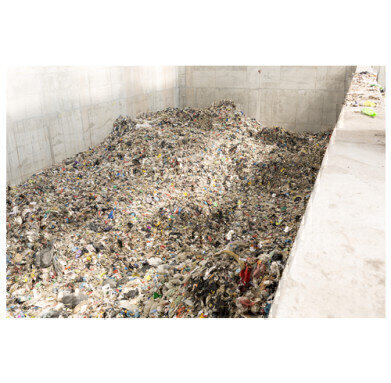Environmental laboratory
Measuring Gases Produced by Waste Gasification to Improve Control and Efficiency
Sep 10 2019
Waste gasification enables the transfer of waste to energy. The waste material can be used as fuel to create heat, electricity or other chemical products. During the decomposition process, gaseous products, known as syngas (a combination of hydrogen, carbon monoxide and some carbon dioxide) are produced.
In traditional incineration methods heat and oxygen are used to destroy waste products. However, during the waste gasification process, whilst high temperatures are still required, no oxygen is used. This results in fewer pollutants and potential toxic ashes. The resulting syngas is a valuable fuel and can be used for steam or electricity production or in some cases, as chemical feedstock in the synthesis of more valuable products.
In this article Edinburgh Sensors discusses the measurement of gases produced by waste gasification to improve control and efficiency.
Read the full article online at Edinburgh Sensors.
Digital Edition
IET 35.2 March
April 2025
Air Monitoring - Probe Sampling in Hazardous Areas Under Extreme Conditions - New, Game-Changing Sensor for Methane Emissions - Blue Sky Thinking: a 50-year Retrospective on Technological Prog...
View all digital editions
Events
Jun 08 2025 Denver, CO, USA
Jun 09 2025 Raleigh, NC, USA
Jun 10 2025 Toulouse, France
Jun 11 2025 Copenhagen, Denmark
Jun 17 2025 Guangzhou, China



.jpg)







.jpg)







